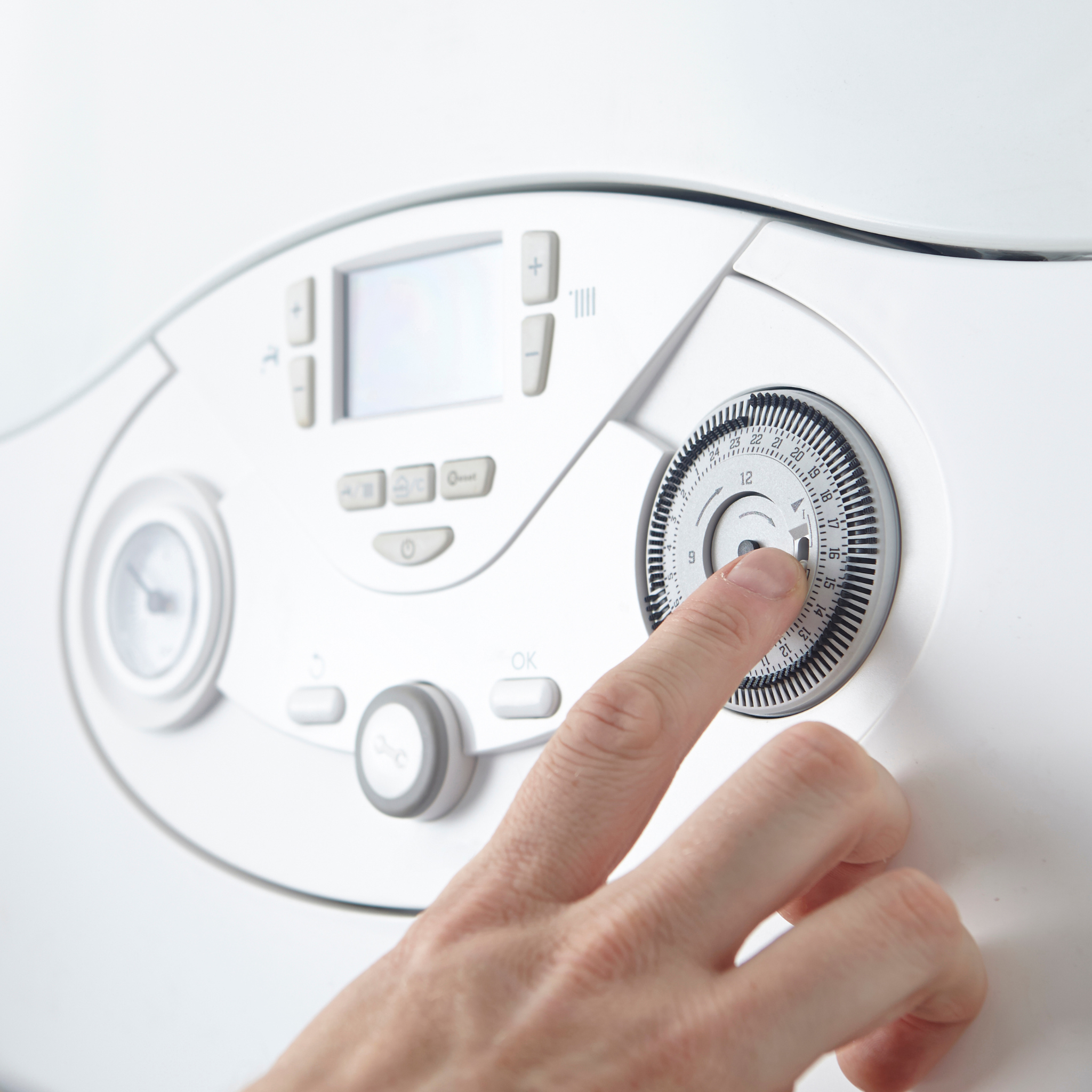It appears that your cart is currently empty

How To Repressurise Your Boiler
If your boiler pressure is too low, it means there’s a problem. We’ll talk you through what could be causing that, how to repressurise your boiler and how to keep the pressure at a healthy level.
What is the boiler pressure?
The boiler pressure is the pressure of the hot water running in your home heating system. When you first start your boiler, the pressure gauge should read somewhere between 1 and 2 bars. If you notice that your boiler pressure is below 1 bar, this could indicate a leak in your system and it’s likely that water is being lost from your tank.
Why is the boiler pressure low?
There are many reasons why your boiler pressure may be low. The most common reason is that the pressure has dropped because of a leak in the system. If you have a pressure gauge, check it and see if it's registering a lower level than usual. This could be due to any number of things: broken pipes, damaged radiators or heat exchangers, etc. You can also check for leaks by looking for damp spots on your ceiling where dust and soot accumulate when there's an issue with the heating system.
If you're not sure what's causing the low pressure in your system but nothing else has been changed recently then it's probably just time for routine maintenance on your boiler itself or possibly even replacing it altogether (if it's getting old).
How to repressurise the boiler
- Check the pressure relief valve. This is a safety device that acts to cut off the flow of water in the event of excess pressure building up in your heating system. The most common cause for this is air getting into your system, so it's worth checking if there are any signs of damage or corrosion on your boiler or pipes.
- Check the pressure switch. This is another safety device, which cuts off power to an electric pump attached to a hot water cylinder when high pressure is detected within it and prevents overheating from occurring due to extended periods of operation with insufficient cooling (for example, when you’re taking long showers). If you notice that there’s no longer any resistance between two points on its contacts and everything looks fine otherwise then perhaps it needs replacing – but be careful because sometimes they’re located inside inaccessible parts such as valves or tanks!
- Make sure all pipes connecting components have been tightened correctly; looseness may allow them to leak while under high pressure causing possible damage down stream (i.e., where they connect with other components like radiators/pipes).
How to stop the boiler losing pressure
There could be a number of reasons why your boiler is losing pressure. To determine the cause, check each of the following:
- Water level in the tank. To make sure you have enough water in your system, simply open the tap and watch how quickly it runs out. If it takes more than a few seconds, then you'll need to fill up again.
- Pressure gauge (if fitted). Check this is reading correctly using a pressure gauge that reads between 1-2 bars. If it's not reading as expected, get in touch with an gas safe registered engineer who will be able to fix this for you – ideally before any potential damage occurs!
- Heating system – check all connections are tight and any pipework isn't leaking or corroded (this can lead to low pressure).
If your boiler pressure is low and keeps dropping, there may be a leak in your heating system. You need to find it and repair it as you could be wasting a lot of money on heating.
If your boiler pressure is low and keeps dropping, there may be a leak in your heating system. You need to find it and repair it as you could be wasting a lot of money on heating.
To check if there is a leak:
- Check the boiler pressure gauge. If it has dropped by more than 20%, then this indicates that there is likely to be a problem with your heating system or appliance. If this happens several times over the course of one winter, then it could also indicate that there is an internal fault with your appliance which will need to be repaired by a qualified engineer before next winter begins so that you don't run into further problems during cold weather periods where temperatures will drop below zero degrees Celsius outside
If you think you have an internal problem with your boiler, call a Gas Safe engineer to inspect it as soon as possible. Otherwise, the first thing to do is check the pressure gauge on top of the water tank (located inside) against what's written on its faceplate - if all looks right under normal conditions but there's still no heat when you turn on the thermostat or ignition switch, then topping up with some extra water should help get things going again while waiting for repairs to be carried out.


0 comments